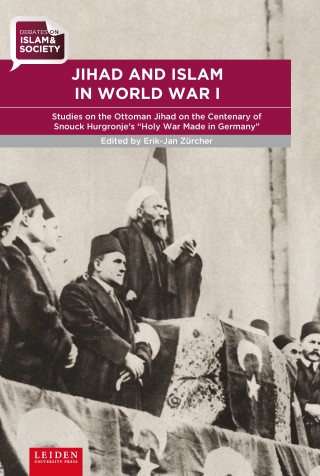Acknowledgements
Note on Citations
Introduction
Part I, Making of a King
Chapter 1, Henry I at Fritzlar 919, A Beginning of a New Dynasty
Chapter 2, Otto I at Aachen 936, A Successor — Continuator
Part II, King and his Kingdom
Chapter 3, How Henry I Subjugated the Kingdom without Bloodshed
Chapter 4, Otto I and Rebellion of 937-939
Part III, War Against Heathens as a Road to Empire
Chapter 5, How Hungarians were Defeated by the Ottonians
Chapter 6, The Holy Lance, a Symbol of Empire
Conclusions
List of Abbreviations
Bibliography
Acknowledgements 3
Note on Citations 4
Introduction 5
Part I, Making of a King 40
Chapter 1, Henry I at Fritzlar 919, A Beginning of a New Dynasty 41
Chapter 2, Otto I at Aachen 936, A Successor - Continuator 79
Part II, King and his Kingdom 101
Chapter 3, How Henry I Subjugated the Kingdom without Bloodshed 102
Chapter 4, Otto I and Rebellion of 937-939 119
Part III, War Against Heathens as a Road to Empire 191
Chapter 5, How Hungarians were Defeated by the Ottonians 193
Chapter 6, The Holy Lance, a Symbol of Empire 219
Conclusions 232
List of Abbreviations 236
Bibliography 238

